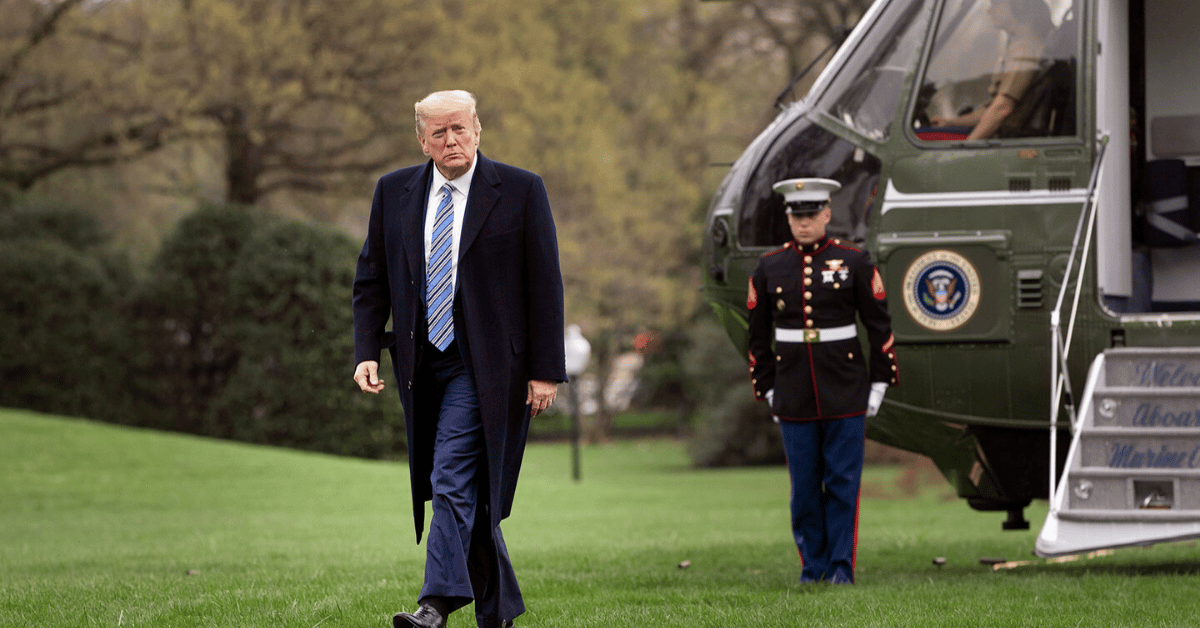
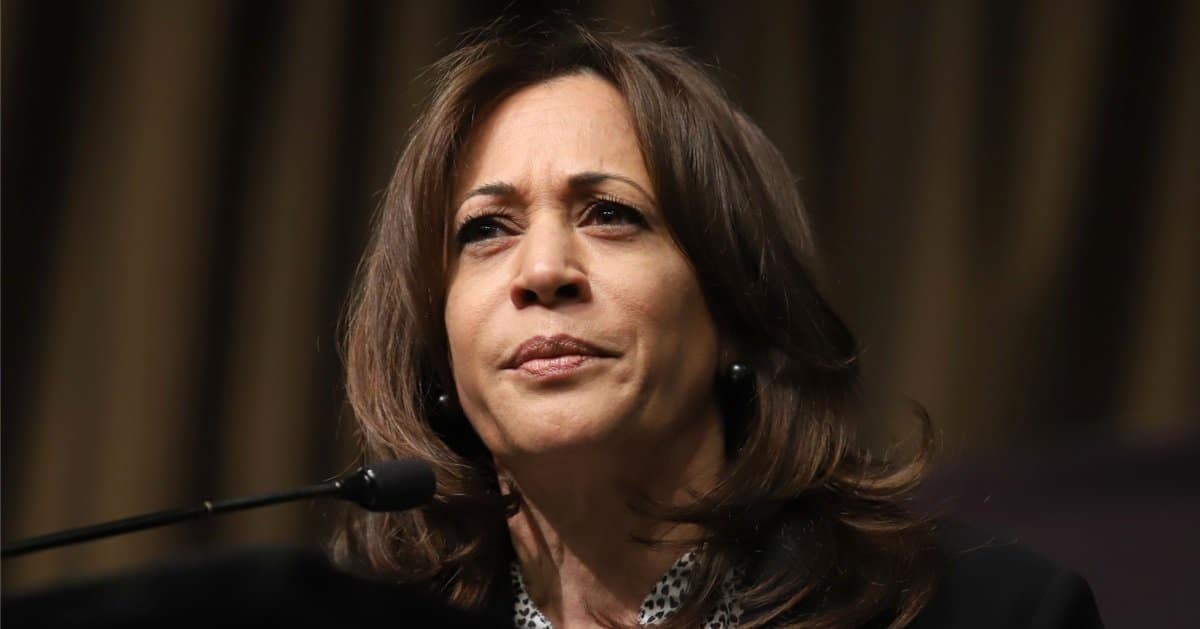
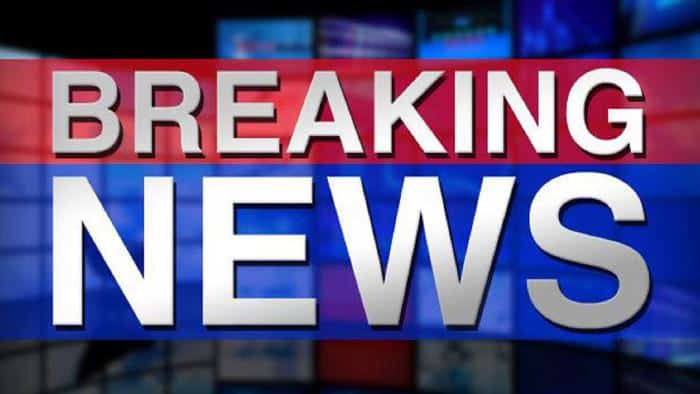
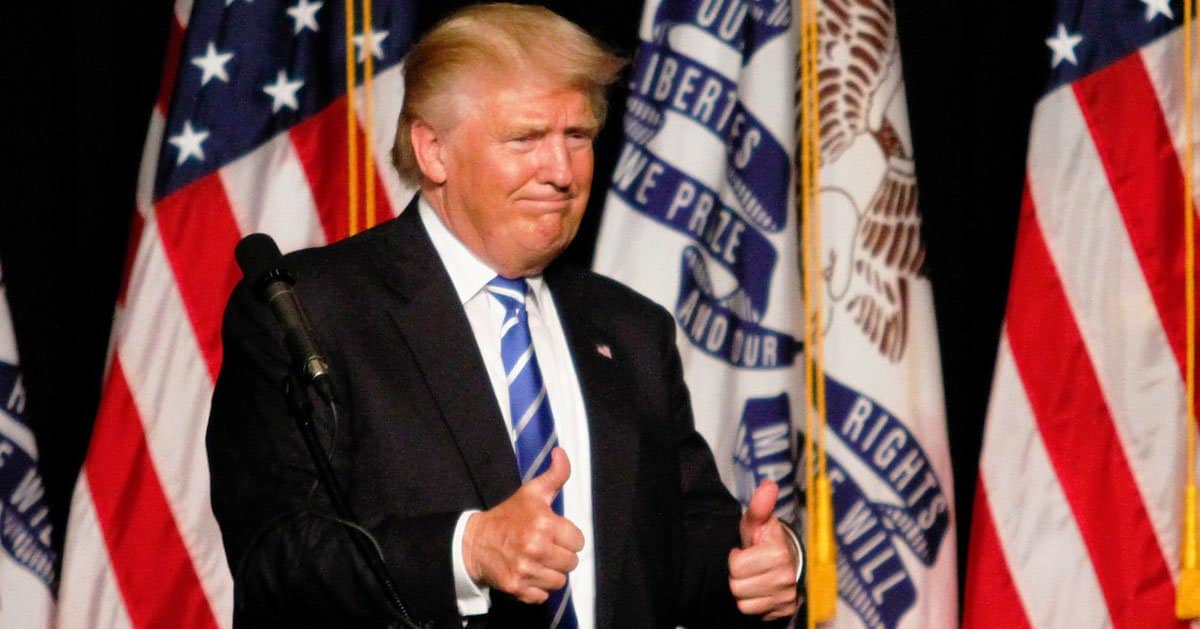

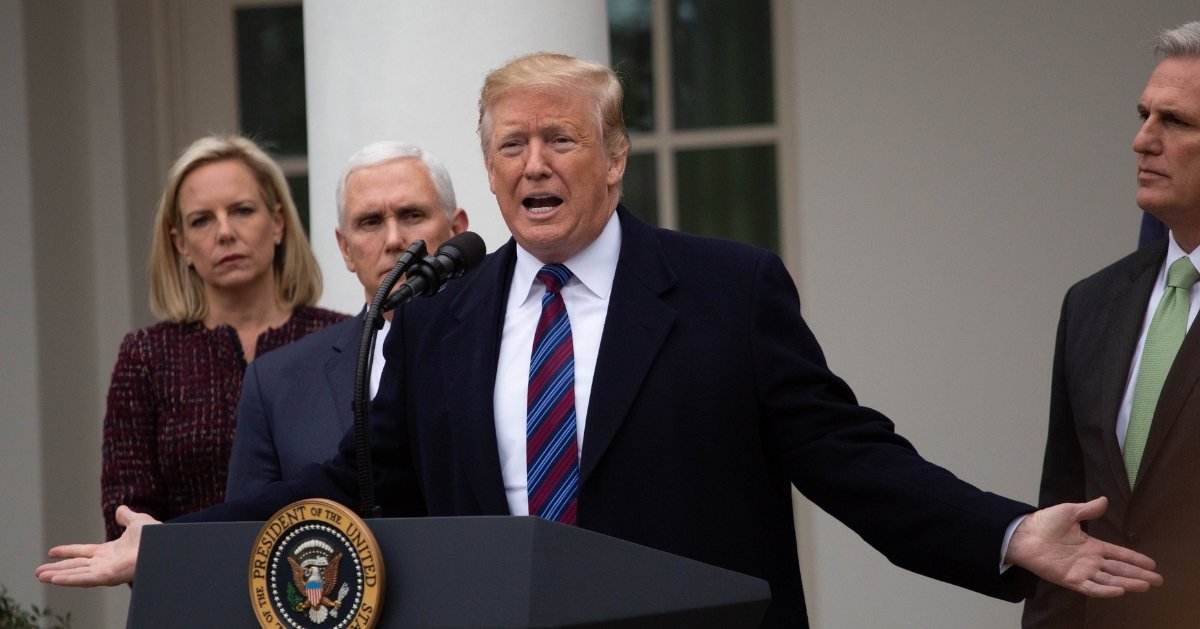
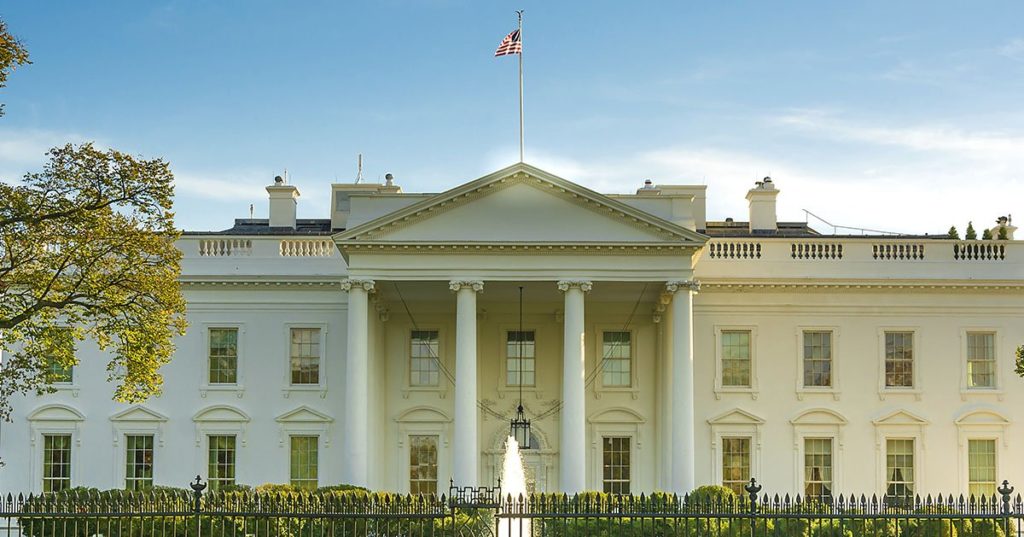
President Donald Trump just dropped a bombshell that could be a lifeline for America’s farmers. On Thursday, Trump unveiled a plan to funnel revenue from import tariffs directly into the pockets of farmers grappling with the short-term sting of his trade policies.
The Daily Caller reported that Trump announced from the Oval Office that cash aid is coming for farmers hit hard by market disruptions, with the funds sourced straight from tariff collections.
The president, never one to shy away from a grand promise, laid out his vision to prop up the agricultural backbone of America during a turbulent time.
It’s no secret that these tariffs have rattled commodity markets, and Trump’s team knows farmers are feeling the pinch.
Details? Well, don’t hold your breath for a full playbook just yet. Trump kept the specifics under wraps, leaving us to wonder how much, when, and who exactly gets the cash.
But here’s a nugget to chew on—Agriculture Secretary Brooke Rollins hinted at dusting off a strategy from Trump’s first term.
Think back to the China trade war, when billions flowed to farmers through a bailout program. Rollins is eyeing something akin to the old Market Facilitation Program to steady the ship for producers now.
Farm groups and Republican lawmakers aren’t exactly singing kumbaya over this situation either. They’ve been sounding the alarm over plummeting prices and trade flow chaos, pressing hard for relief in 2025. It’s a fair cry for help when your livelihood’s on the line.
The White House is framing this as a stopgap measure, a Band-Aid for the immediate wounds inflicted by tariff policies. According to reports, the administration wants farmers to weather the storm until the supposed benefits of these trade barriers kick in. Sounds like a tightrope walk between pain now and prosperity later.
Trump himself didn’t mince words about the rough patch ahead. “We’re going to take some of that tariff money that we’ve made, we’re going to give it to our farmers, who are, for a little while, going to be hurt until it kicks in,” he said. Classic Trump—admitting the hurt but promising a pot of gold at the end of the tariff rainbow.
Now, let’s unpack that quote for a second. Acknowledging the “hurt” is a rare moment of candor, but the real question is whether this temporary aid will be enough to keep farms afloat while the tariff magic supposedly works. Color me skeptical, but history shows these trade wars can drag on longer than a progressive lecture on pronouns.
Still, the president’s optimism is hard to ignore. He’s doubling down, expressing unshakable faith that his tariff regime will ultimately boost farm incomes. It’s a gamble, but when has Trump ever played it safe?
Farmers, though, aren’t just pawns in a trade chess game—they’re real people with bills to pay and crops to sell. The administration’s nod to near-term challenges is a start, but without concrete numbers or timelines, it’s tough to gauge if this aid will hit the mark.
Secretary Rollins seems to be on board with reviving past relief efforts, which is a pragmatic move if it can be pulled off swiftly. After all, the last thing rural America needs is more empty promises while commodity prices tank. Let’s hope this isn’t just Oval Office rhetoric dressed up as policy.
Critics might scoff at using tariff revenue to fix a problem tariffs created—talk about robbing Peter to pay Paul. But from a conservative lens, it’s a refreshing rejection of endless government handouts, instead repurposing trade war spoils to protect American interests. That’s a narrative the heartland might just buy, if the checks clear.
At the end of the day, Trump’s pledge is a high-stakes bet on tariffs as a long-term win for agriculture. While the left might cry foul over trade disruptions, there’s something to be said for shielding our farmers from the fallout of standing up to global competitors. It’s not woke, it’s practical—and that’s a hill worth defending.



